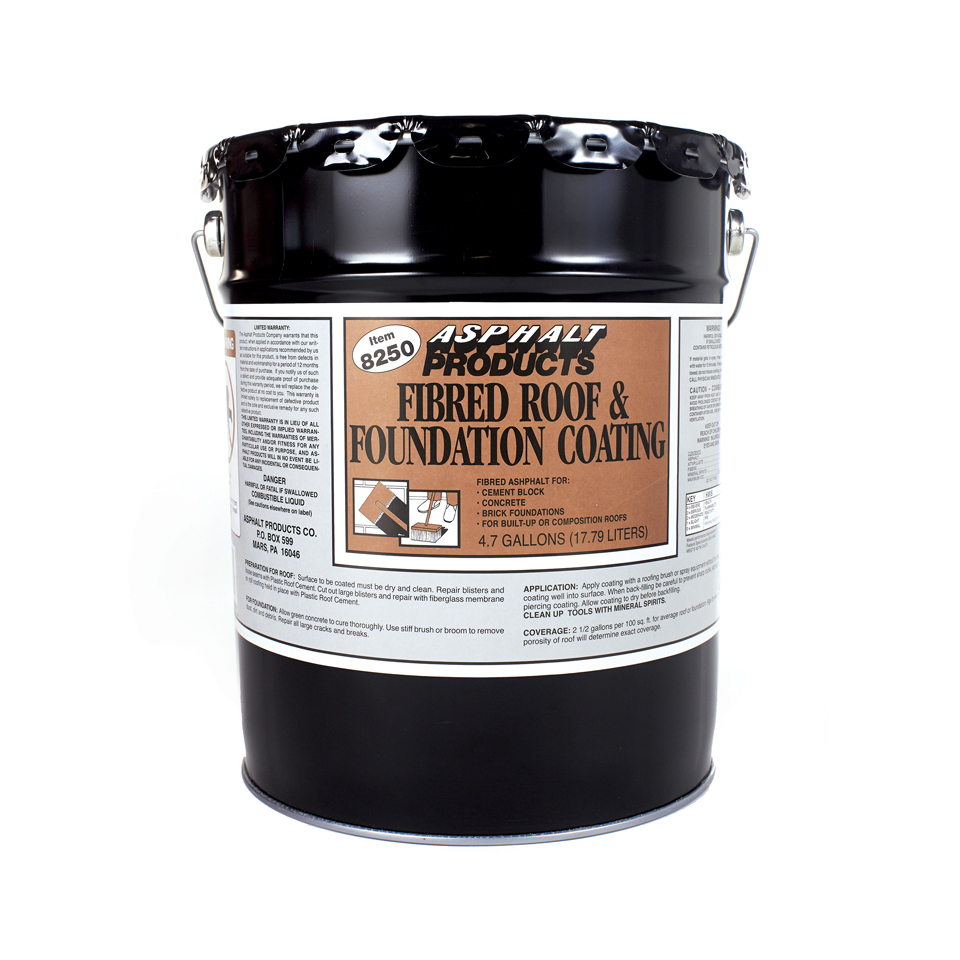 Elastomeric Roof Coating On Wood?
Elastomeric Roof Coating On Wood?
If you think you'll be conserving the roof decking plywood (not replacing it), then you may save yourself some cleanup trouble by getting rid of the components initially and after that peeling up the rubber! Detail of water damage on camper roof. More water harmed locations on Recreational Vehicle roof decking. There was absolutely nothing actually dreadful that made me feel like I was going to fall through, but certainly a lot of damage and I was getting the sensation I would be changing a lot of the roofing decking plywood.
 How To Apply Roof Coating
How To Apply Roof Coating
More Help: roofing companies near Tucson - DCRoofingArizona.com http://daltonlced624.simplesite.com/448106359
I chose the most basic one initially, a vent cap from a cooking area sink pipes vent pipe. Beginning to scrape caulk and sealant. I utilized a stiff scraper with a chisel-like blade and just started prying and breaking and scraping and hacking. There is no other way around this, you just have to begin digging until you expose the screw heads.
Unscrewing the screws in vent cap. The screws on this vent cap were hex-head metal screws so I used a little socket driver to eliminate them. Some came out clean. Others were rusted and I needed to utilize a vice-grip pliers to get the heads and turn them gradually.
I discovered an old wasp nest inside the vent cover. This is a sight I'll most likely need to get utilized to, discovering the remains of animal habitation in every nook and cranny. I invest a terrible great deal of my time developing good wildlife environment in my lawn so I don't get offended when a creature chooses to set up house in my RV.
Elastomeric Roof Repair Coatings, Elastomeric Roof Coatings
Luckily nobody was house in this old nest so I simply tossed it. Possibly I'll put a screen over it when replacing it. Which brings us to the next point. You need to attempt not to harm these pieces (like vent covers and caps) as you're scraping off the old caulk and sealant simply in case you need to use them once again.
(Think I'll discover when the roof is done!) Prying up the vent cap and eliminating the last ring of rubber roofing system underneath. So I pried up the remainder of the cap and scraped up the staying rubber roof and butyl tape and putty and 25 years of other gunk and here's how it looks cleaned up.
 United Coatings Roof Coat Elastomeric Coating
United Coatings Roof Coat Elastomeric Coating
One down, 7 more components to go. Next I chose to tackle the only roofing ventilation fan that my camper has. My roofing system vent also had a vent cover over it. So I began scraping the gunk from those screws. Starting on the roofing system vent. Hardware exposed on roof vent cap, the very first nut came off tidy.
![]() Elastomeric Roof Coatings For Leaks Repair And Maintenace
Elastomeric Roof Coatings For Leaks Repair And Maintenace
Bolt is spinning. The fasteners on this RV roofing system vent cover were nuts on little bolts. The very first one came off great with an extension socket kit. The second one simply began spinning, implying the bolt was not fixed in location but turning in addition to the nut. Disappointment. A peek at the hardware holding down the roofing system vent cover.
Elastomeric Roof Coating - Liquid Roof Coating Cost Pros & Cons 2021
I didn't have any good method to hold the bolt in location so instead I decided to saw through the bolts with a reciprocating saw. Sawing through bolts on roof vent cover. I used a cordless reciprocating saw with a metal-cutting blade but it was difficult to get the blade flat enough to reach the bolts so close to the roofing deck. Many were so old and rusted that they sheared off when I unscrewed then with a great deal of force. Loosening the brackets that held the vent cover in location. Then I scraped more caulk and roofing sealant off the flange of the roofing system vent itself. I soon found there disappeared screws or hardware holding it down so I quit on the scraping and went inside the Recreational Vehicle After scraping the caulk and sealant from flange of roof vent, say goodbye to screws! Unscrewing the within cover plate of roofing system vent fan in Recreational Vehicle bathroom.
A couple sheared off with a great deal of force, however 2 wouldn't budge. So I needed to drill out the screw heads. I picked a drill bit close to the size of the shaft of the screws that I had currently pulled out and began drilling. Choosing a drill bit for drilling out a screw head.
Shatterproof glass advised. So I drilled out the heads, one popped off and the other I was getting frustrated with and gave it a pull before it was drilled through. Rather of popping off the screw head, the plastic just melted away around the hot screw head. Whoops. Hope I don't have to reuse this cover.
If not, I'll require broader screw heads when re-assembling. Cover plate gotten rid of from roofing system vent. Next I discovered little corner brackets with hex-head bolts holding them in. I loosened them (all came out fine luckily) and pulled out the brackets and little white plastic spacers. Unscrewing corner brackets in roofing vent.
Roof Coating Contractor For Elastomeric Roof
All corner brackets got rid of, ready to take out. Once the brackets were out I went back up top to pry out the the roofing vent. Then I scraped up all the remaining gunk and rubber roofing. Raising off the old roof vent. There are 2 wires going to the roofing system vent (a black hot wire and a white neutral wire) that you'll need to clip to eliminate the old vent.